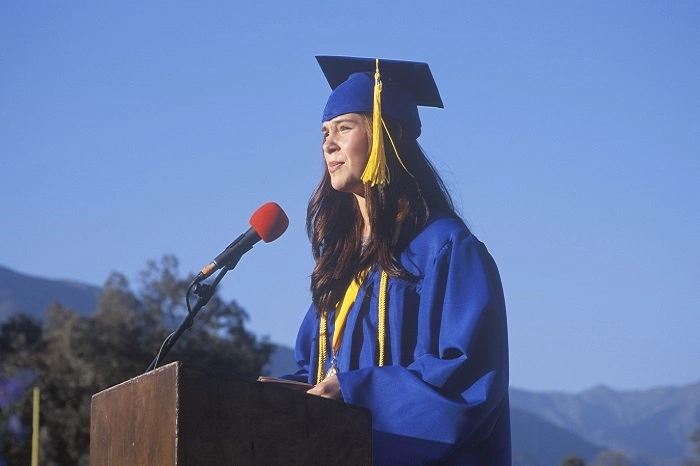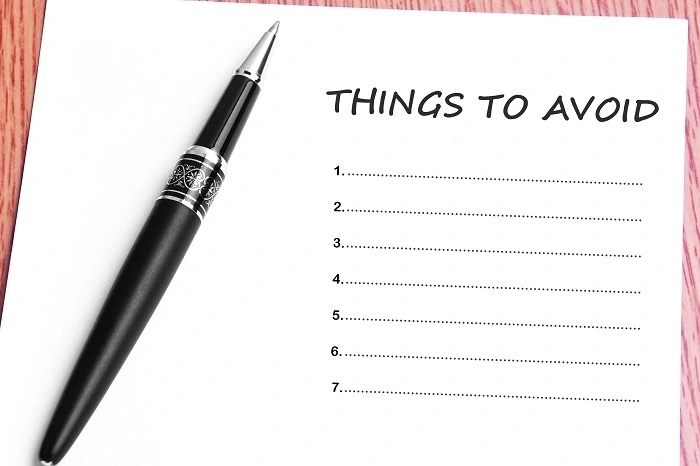We all wish to provide our children with the best education, but do we research schools before enrolling kids? As you know, public schools were once a choice, but now many parents prefer private schools. Do you think why is that so? What are the reasons private schools are replacing public schools? If you want to find the answers to these questions, here is our guide explaining why people avoid public school.
Public schools have remained a cementing foundation for education. People previously enrolled their kids in public schools for their early and higher education. Over time, they have faced many challenges that have driven the trend of opting for private or homeschooling. Knowing the reasons for avoidance is necessary before making an informed decision.
This guide explores reasons why people avoid public school. It provides several challenges of public schools and future improvements to overcome them and cultivate a flourishing educational environment.
Why are Public Schools so Bad?
Schools serve the purpose of personality building, character refining, and education. Their awareness is unmatchable to that of other institutions. However, public schools have lost their charm. They are not the same, in terms of quality of education, safety concerns, etiquette learning, and many other things.
This situation forces many parents to ask whether these public education systems can prepare students for the future. What’s concerning is whether these will evolve or regain trust in the following years. Also, you do not consider public schools inherently bad, as they once were most families' supporting pillars and go-to-choice.
Instead, consider why public schools are bad before making informed decisions.
- Overcrowding: Large class sizes can make it difficult for students to receive personalized attention.
- Underfunding: Insufficient resources, outdated textbooks, and inadequate infrastructure can hinder educational quality.
- Teacher shortages: There may be a need for more qualified teachers in some subjects or areas.
- Socio-economic disparities: Schools in lower-income areas may face additional obstacles, such as higher student turnover rates, language barriers, and limited resource access.
- Bureaucratic red tape: Excessive administrative tasks can take time away from teaching and learning.
- Aging infrastructure: Outdated buildings and technology can create an inadequate learning environment.
- Varying teacher quality: Inconsistent teacher training, support, and evaluation can impact educational quality.
- Curriculum constraints: Overly rigid or outdated curricula can limit innovation and student engagement.
- Standardized testing pressures: Overemphasizing standardized tests can lead to teaching to the test rather than comprehensive learning.
- Societal issues: Public schools often reflect broader societal challenges, such as poverty, inequality, and social injustice.
- Lack of Parental Involvement: Without parental involvement, students may lack additional academic support at home, and schools may not receive the necessary input to tailor their programs to community needs.
- Limited Extracurricular Opportunities: Budget constraints in public schools can lead to fewer extracurricular activities.
- Perceived Decline in Quality: Many parents feel that public schools need to provide a different level of education than they once did. Concerns about large class sizes mean students may not receive individual attention. Inadequate resources, such as outdated textbooks and limited technology, also play a role.
- Safety Concerns: Some parents worry about safety in public schools. Some schools struggle with maintaining safety in terms of physical violence, emotional well-being, bullying, violence, and drugs, which can negatively impact the learning environment.
- Lack of Specialized Learning: Public schools offer a standardized curriculum. However, for students with special needs, gifted children, or unique learning styles, the one-size-fits-all model may not work. Parents may feel their child is not being challenged or supported.
- Discipline and Behavioral Issues: Disruptive behavior can affect the learning environment. Some parents feel public schools struggle with maintaining discipline. As a result, classrooms may feel chaotic, making it hard for students to focus on learning. Parents may prefer private schools or homeschooling, where discipline is often stricter.
- Concerns about Curriculum: Some parents must be more comfortable with the content. Controversial topics like sex education, religious studies, or social issues may clash with a family's values. For this reason, many families opt for schools that align more closely with their beliefs.
- Lack of Individualized Learning: Many public schools' one-size-fits-all approach fails to accommodate students with different learning styles or special needs. Gifted students and those who struggle may not receive the support they require.
- Bureaucracy and Administrative Overload: Excessive bureaucracy and administrative tasks can bog down teachers and school leaders, diverting attention from teaching and student-focused activities. This can stifle innovation and create inefficiencies.
- Inequitable Resource Distribution: Public schools in affluent areas have better resources, experienced teachers, and more extracurricular options than those in underfunded districts, creating an inequitable system that disadvantages low-income students.
Must Read: 11 Effective Ways How to Avoid Duplicate Accounts for an App
Future Improvements
Schools are schools anyway; reasons or strategic moves may arise that make them underscoring or not worth considering. Letting down public schools and praising private, charter, and home schools is not the ultimate solution.
You can try to address the reasons mentioned above and the challenges. Could you identify which area or department of public schools needs improvement? By doing so, you will ensure these educational systems regain their reputation and image and fulfill a vital role in educating upcoming generations.
Here are some of the future improvements that public schools require instantly:
- Smaller Class Sizes: Reducing class sizes can give students more attention and allow teachers to better cater to individual learning needs.
- Increased Funding: Government and community investments in public schools can help provide updated learning materials, modern technology, and better classroom environments.
- Enhanced Security: Investing in safety measures, such as advanced security systems and mental health programs, can help address concerns about violence and bullying.
- Anti-Bullying Programs: Expanding anti-bullying initiatives and providing support systems for students and teachers can create a safer, more inclusive environment.
- More Specialized Programs: Public schools should consider expanding their offerings for gifted students and those with special needs. Tailored education plans, specialized teachers, and advanced courses can address individual learning styles.
- Flexible Curriculums: Schools could introduce more flexible curriculums, allowing students to choose learning tracks that suit their abilities and interests.
- Stronger Discipline Policies: Public schools can implement more consistent and effective disciplinary practices. This could include more precise behavioral expectations, restorative justice programs, and additional support for teachers in managing disruptive behavior.
- Teacher Training: Providing teachers with more professional development opportunities in classroom management and conflict resolution could lead to more harmonious learning environments.
- Customized Learning Programs: Public schools could offer more tailored programs. Exceptional education, gifted programs, and learning modules for different student types could improve student outcomes.
- Modernized Resources: Updating textbooks, incorporating more technology, and providing well-equipped classrooms can improve education quality.
- Curriculum Flexibility: Schools could work more closely with parents to offer varied curriculums. Allowing schools to adapt specific topics could make parents more comfortable with public education.
- Reduced Testing Pressure: Limiting the emphasis on standardized testing would help foster a more creative and engaging learning experience.
- Alternative Assessment Methods: Schools could adopt various assessment tools, such as portfolios, presentations, and collaborative projects, to evaluate student progress.
Art School to Avoid
Deciding which school your kid will attend is your choice, decision, and priority. Whether it is a private or public school, you should consider these art schools in the avoidance list. The reason that these schools had faced criticism in the past.
- Academy of Art University (San Francisco, CA): Criticized for high tuition rates and low job placement.
- Art Institutes (Multiple locations): Financial difficulties, declining enrollment, and accreditation issues.
- School of Visual Arts (New York, NY): Criticized for high tuition rates and limited financial aid options.
- California Institute of the Arts (Valencia, CA): Faced controversies regarding faculty diversity and student life.
- Savannah College of Art and Design (Savannah, GA): Criticized for high tuition rates and limited job placement.
- Full Sail University (Winter Park, FL): Faced criticism for high tuition rates, low job placement, and accreditation issues.
- University of the Arts (Philadelphia, PA): Criticized for high tuition rates and limited financial aid options.
- Maryland Institute College of Art (Baltimore, MD): Faced controversies regarding faculty diversity and student life.
- Columbus College of Art & Design (Columbus, OH): Criticized for high tuition rates and limited job placement.
- Pacific Northwest College of Art (Portland, OR): Faced financial difficulties and declining enrollment.
Conclusion
In the course of a few years, public schools have seriously faced irreversible challenges, public criticism, and situations that have made them flawed in the eyes of the people. Simultaneously, they incorporate issues such as teacher training concerns, dissatisfaction with curriculum, and whatnot.
Even then, the scenario is not that bad to be considered uncorrected. With some improvements, public schools again won the competition against newly-made private schools. If you need clarification about how this will happen, read the blog article explaining why people avoid public schools and highlighting possible strategies to deal with the situation.



